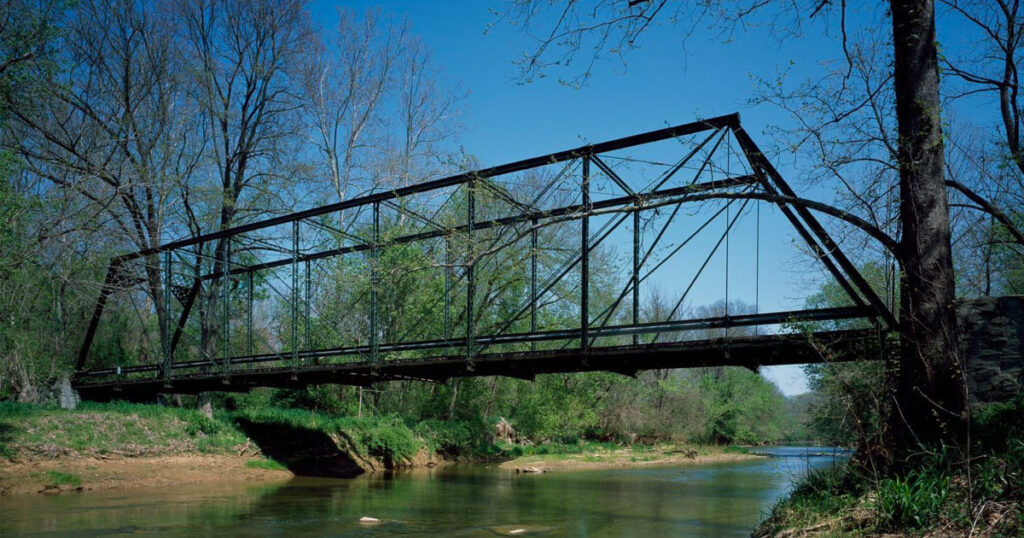Penumadu Helps IACMI, Luna Develop Composite-Based Bridge for Morgan County

The nation’s aging infrastructure has become both a practical and political concern in recent years, including the growing number of bridges that are nearing the end of their practical lifespan.
Rural counties, in particular, can be hard hit because they often don’t have the resources or tax base as their urban neighbors.

IACMI–The Composites Institute has overseen a project that could help improve outcomes by developing advanced composites-based bridges, an effort that includes key contributions from Fred N. Peebles Professor Dayakar Penumadu, of UT’s Department of Civil and Environmental Engineering.
The team has worked to design and build such a bridge for a site in Morgan County, coming up with a design that is affordable, easy to install, exceeds safety requirements, and should last a century.
For his part, Penumadu worked with Luna Innovations Incorporated to help implement sensors within the bridge to provide real-time data on the stresses and forces that the bridge will undergo once in place, something he said was currently lacking.
“Bridge decks are the most damage prone elements and we are integrating smart sensors distributed throughout the composite bridge deck that will provide us valuable performance data with time for years to come,” said Penumadu, who is also a Characterization Fellow for Materials and Processing group for IACMI and the JIAM Chair of Excellence. “This is a major obstacle for integrating new materials and structures quickly and thus requires successful demonstration as being done through this IACMI project.”
At the heart of the project are fiber-reinforced polymer composite materials, or FRPs. John Unser, IACMI technology impact manager, pointed out that FRPs have been in use for more than two decades, but noted that transportation departments are often unfamiliar with them or their proven track record.
The Morgan County project could help change that.
“As part of our objectives for sustainability and strategic planning, our goal in this demonstration is to develop a comprehensive case study for comparing the total costs of a typical concrete bridge and one using an FRP bridge deck,” said Unser. “We will share the case study framework and results with federal, state and local officials, transportation departments and the civil engineering community so FRP composites will be more of a ‘known’ to them.”
The sensors provided by Luna are key to helping researchers demonstrate the strength and durability of FRPs, with a single sensor capable of monitoring thousands of points simultaneously.
Critically, the project comes at no cost to Morgan County, since demonstrating the feasibility and reliability of the technology was more important to the team than profit. Along with Luna, Composite Applications Group, Structural Composites Incorporated, and McKinney Excavating have teamed to cover the costs of the project, from design to installation and monitoring.
More on the project can be found at IACMI or at Luna.